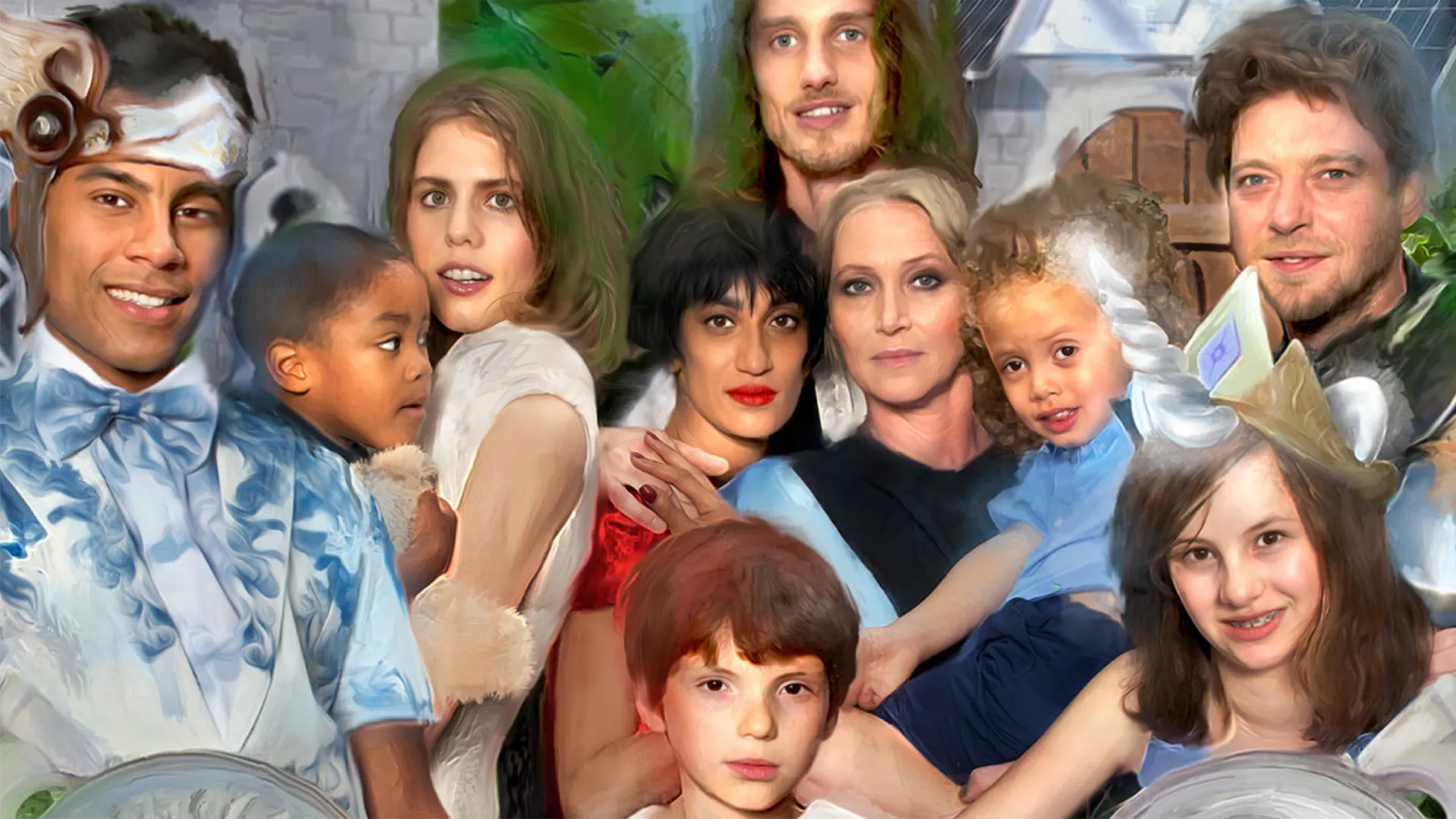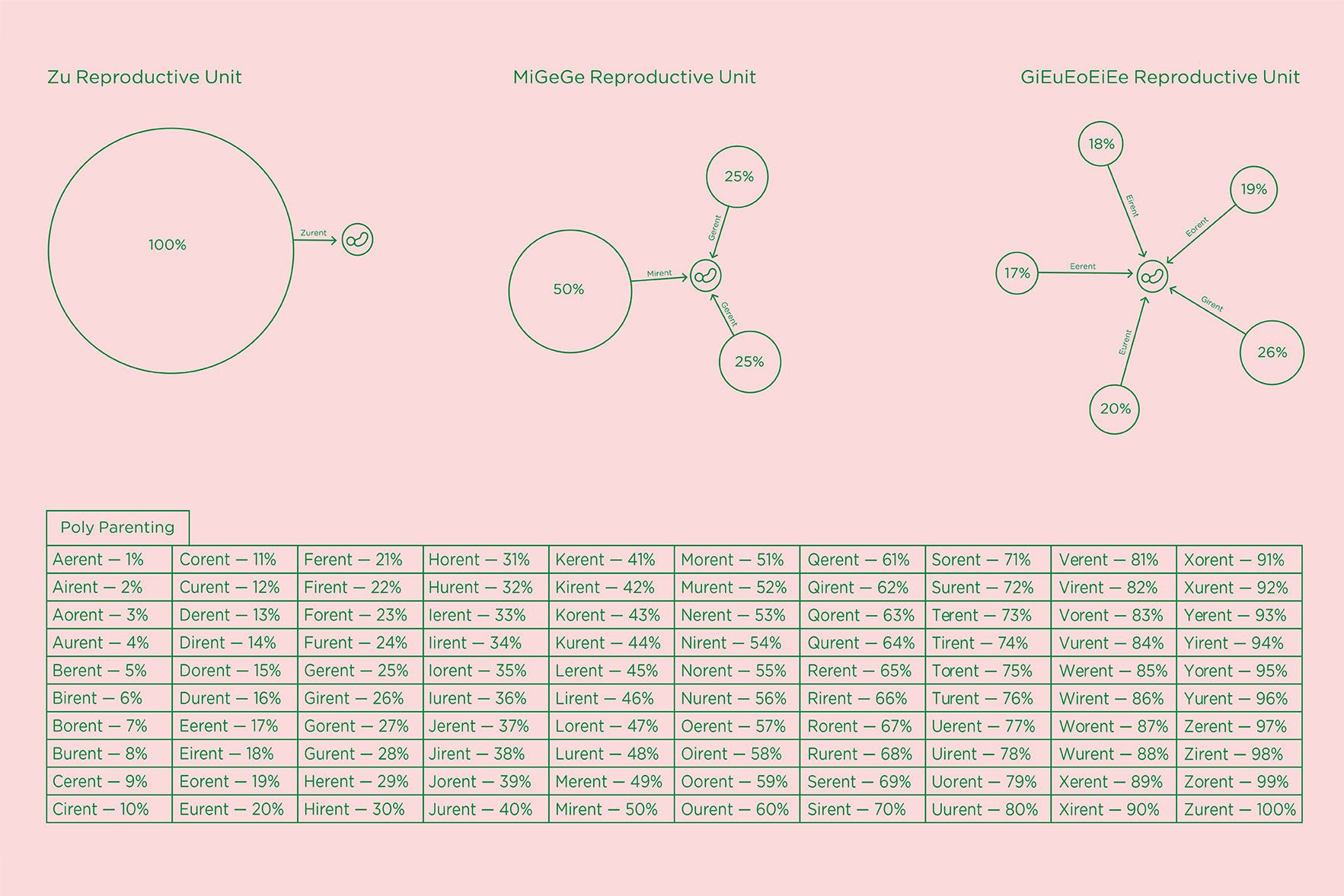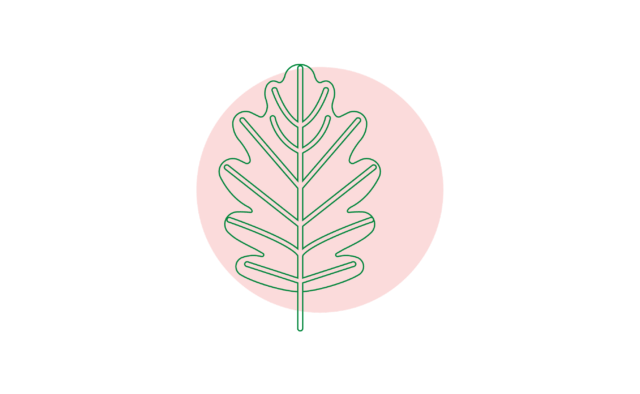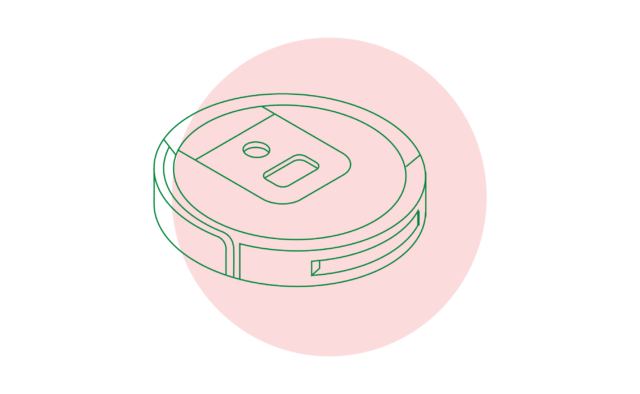How to design your future family
Imagine a place called Reprodutopia. How would such a place look like?
Imagine a place called Reprodutopia. Here, you are allowed to design your reproductive lifestyle and intimate relationships without any biological, economical and technological limitations. How would such a place look like? To help you on your way, we have defined five strategies to envision your Reprodutopia.













